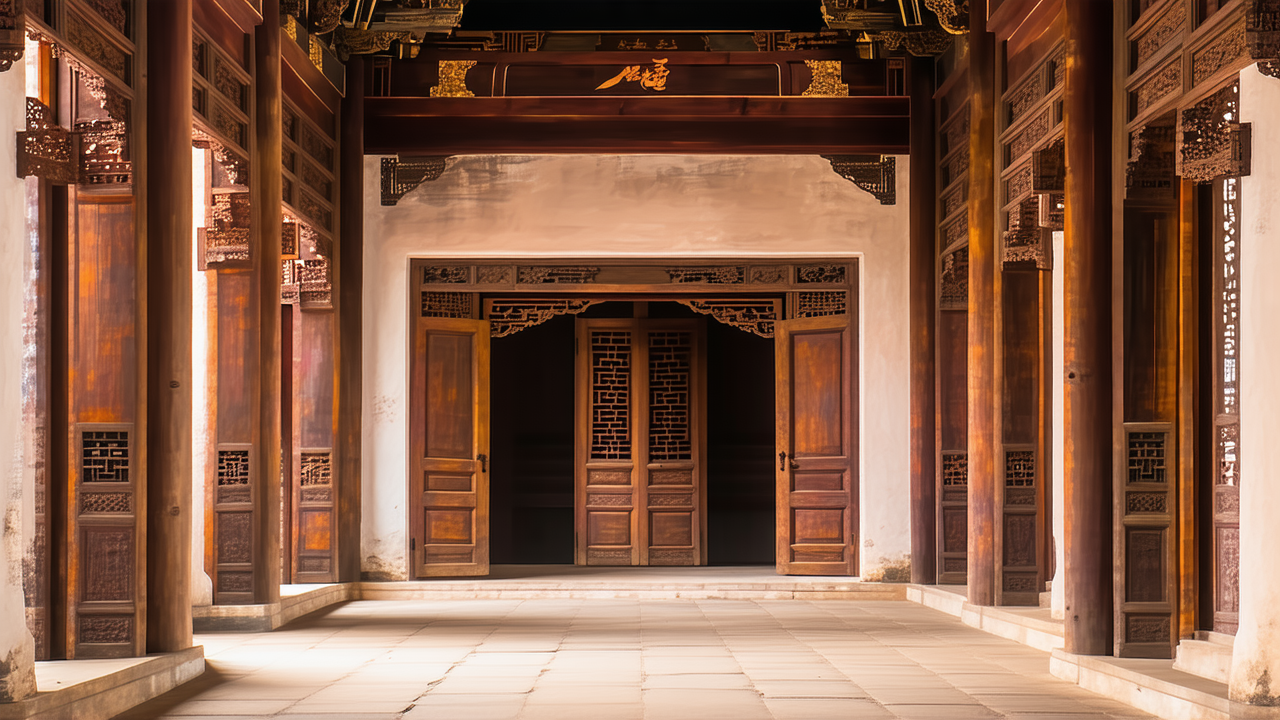Controversy Over Alleged Graffiti on HuaYan Temple Walls: Official Response Clarifies Situation
Controversy Over Alleged Graffiti on HuaYan Temple Walls: Official Response Clarifies Situation
Recently, reports surfaced that the HuaYan Temple in Datong, Shanxi Province, may have been the victim of graffiti, sparking public concern. However, after an official investigation, the truth behind the so-called 'graffiti' has been revealed.
What Happened?
According to a statement released by the Liao-Jin Cultural Art Museum of Datong City, the so-called 'graffiti' on the exterior wall of the Bogachang Hall at the HuaYan Temple was not actual carving or graffiti. Instead, the marks were created by visitors using their fingers to draw on the layer of dust that naturally accumulates on the temple's walls due to its ancient architectural structure.
Investigation and Findings
The museum confirmed that the marks were temporary and did not damage the paint or the structure of the ancient building. The statement emphasized that the Bogachang Hall is a rare example of Liao Dynasty woodwork and that the accumulation of dust is a natural characteristic of ancient wooden structures.
Official Response and Public Appeal
The museum expressed gratitude for the public's and media's attention and concern, noting that it reflects a growing awareness of cultural heritage protection among the general population. It also urged visitors to respect the historical and cultural significance of the temple by refraining from touching the building itself, murals, or sculptures, and to stay within designated safety areas.
Preserving Cultural Heritage
The HuaYan Temple is not only an architectural treasure but also a symbol of China's rich cultural history. As more people become aware of the importance of cultural preservation, the responsibility to protect such sites falls on both the authorities and the public.
While the recent incident was not a serious threat to the temple, it serves as a reminder of the need for continued education and awareness campaigns to ensure that such historical sites remain untouched for future generations.
